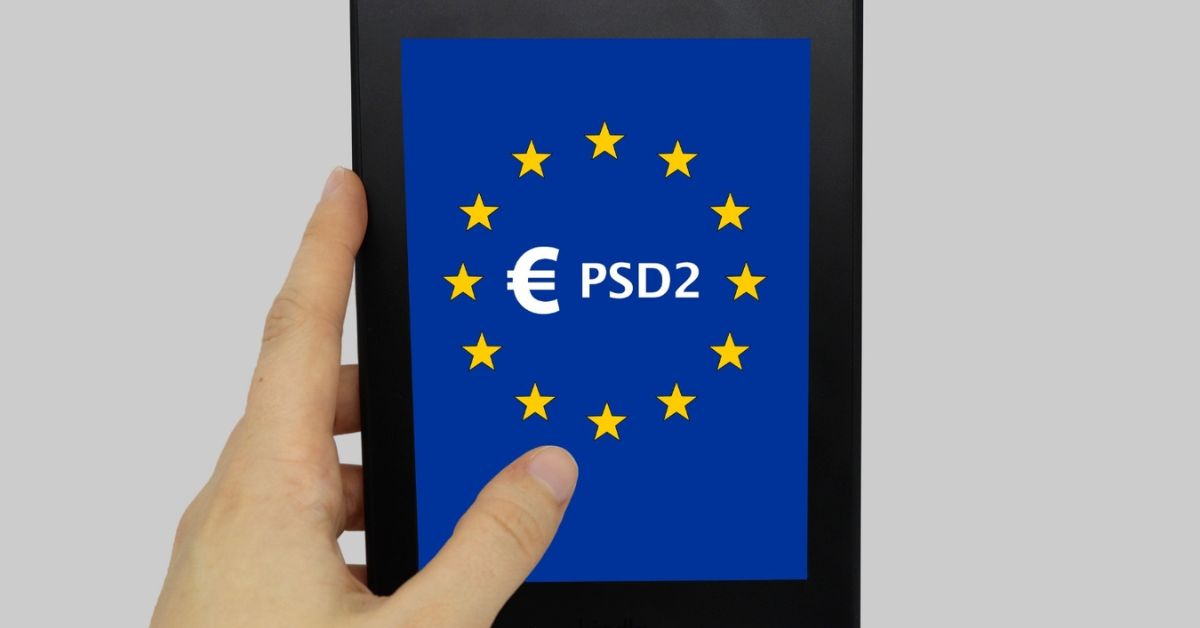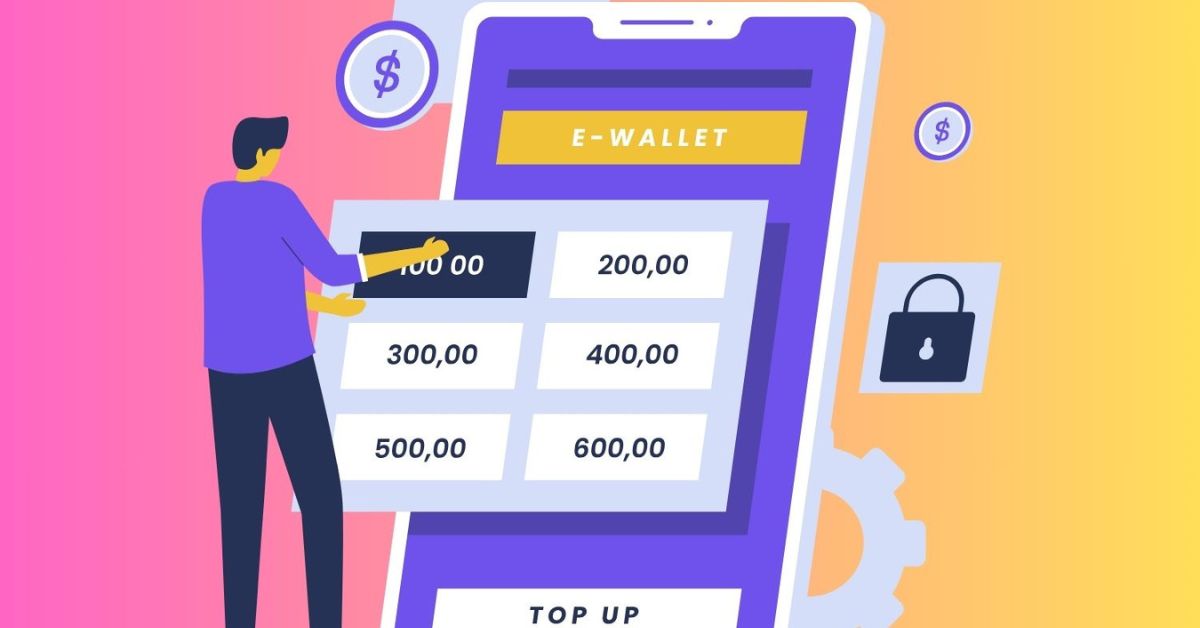Introduction
E-commerce has transformed the global economy, reshaping consumer behavior, business operations, and markets. It has profound implications for global finance, shaping financial markets, monetary policies, and investment and funding landscapes, highlighting its transformative impact.
E-commerce Growth and Global Financial Markets
E-commerce has experienced explosive growth, thanks in part to its convenience and the broader selection it offers consumers. Major platforms like Amazon, Alibaba, and eBay have led the charge, but countless smaller enterprises also contribute to this vibrant ecosystem. The rise of e-commerce has significantly affected global financial markets in several key ways:
1. Payment Systems Innovation
E-commerce has driven innovation and the adoption of new payment systems. Digital payments, including credit cards, PayPal, and more recently, cryptocurrencies and mobile wallets, have seen substantial growth. This shift has prompted traditional banks and financial institutions to rethink their digital strategies and invest in technology to remain competitive. Moreover, it has spurred the growth of fintech companies that specialize in digital transactions, fundamentally changing the dynamics within global financial markets.
2. Increased Capital Flows
E-commerce companies often require substantial upfront investment for technology development, logistics infrastructure, and market expansion. This need has attracted significant capital flows from venture capital, private equity, and public markets, influencing stock valuations and investment strategies worldwide. Additionally, the success of major e-commerce IPOs has played a role in shaping investment trends and decisions in global finance.
3. Cross-Border Transactions
With e-commerce, businesses can reach international markets more easily than ever before. This globalization of retail has increased the volume of cross-border financial transactions, impacting foreign exchange markets, international trade balances, and global economic policies. It has also raised complex regulatory questions about taxation, currency exchange, and international trade laws.
Influence on Monetary Policies
The global reach and economic significance of e-commerce also influence monetary policies.
1. Consumer Pricing and Inflation
E-commerce often offers lower prices due to reduced overhead costs and intense online competition. This dynamic can influence inflation rates, a primary concern for monetary policymakers. Central banks must consider these factors when setting interest rates and conducting open market operations.
2. Interest Rates and Spending
By facilitating easier access to a variety of goods and services, e-commerce can affect consumer spending patterns, which in turn influence interest rate decisions made by central banks. During economic downturns, for example, increased online shopping can help sustain consumer spending, potentially moderating the impacts of recessions.
Impact on Banking and Financing
E-commerce has also transformed the banking and financing landscapes.
1. SME Financing
E-commerce platforms like Shopify and Amazon provide marketplaces for small and medium enterprises (SMEs) to sell their products globally. These platforms have begun offering tailored financial products such as loans and advances, directly competing with traditional banks and affecting how small businesses are financed.
2. Alternative Lending Platforms
The rise of e-commerce has coincided with the growth of alternative lending platforms that offer consumer and business loans online. These platforms use algorithms to assess creditworthiness quickly and efficiently, often using transaction data from e-commerce activities.
Conclusion
E-commerce significantly impacts global finance, influencing payment systems and monetary policy. As it evolves, its financial implications will expand, necessitating adaptation from traditional institutions and policymakers. Understanding these dynamics is crucial.
#Ecommerce #GlobalFinance #DigitalEconomy #Fintech #MonetaryPolicy #GlobalMarkets #CrossBorderTrade #FinancialInnovation
Categories



